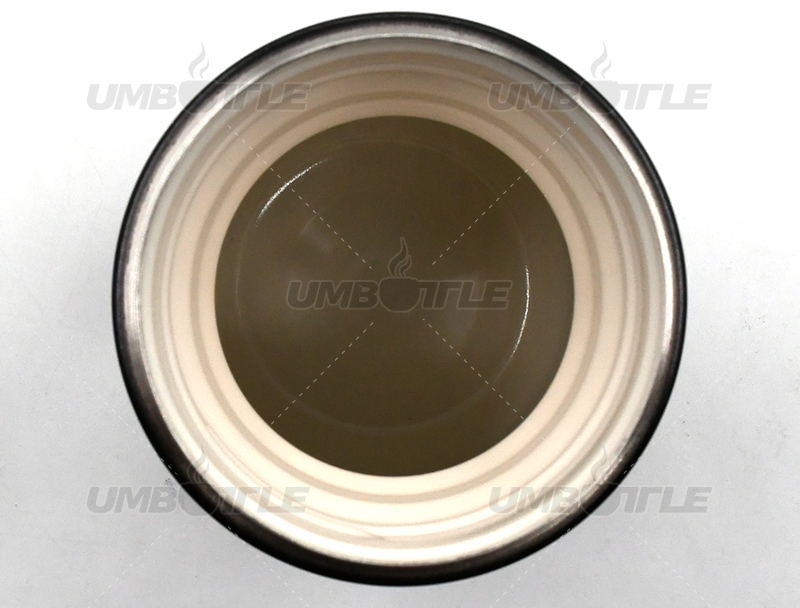Temperature and Process Differences in Teflon and Ceramic Paint Production
Teflon and ceramic paint are two commonly used coating materials, and they exhibit significant differences in temperature and processes during their production. This article will provide a detailed explanation of the temperature and process disparities for these two materials in the production process.
Teflon Production Process:
Teflon material is often used in the manufacturing of non-stick cookware and other kitchen utensils. Its production process involves the following steps:
Coating Application: Teflon material is typically applied in liquid form onto a substrate, such as the cookware body. The coating process requires uniform and precise application to ensure the quality of the final product.
Preheating: The substrate with the applied coating needs to undergo preheating to ensure that the Teflon material adheres properly to the substrate at the right temperature.
Sintering: Sintering is a critical step in the formation of the Teflon coating. At high temperatures, the Teflon material melts and bonds with the substrate, creating a durable coating. Sintering temperatures usually range from 400°C to 450°C.
Ceramic Paint Production Process:
Ceramic paint is produced by applying ceramic powder onto the surface of a product and then sintering it at high temperatures. Its production process includes the following steps:
Coating Application: Ceramic powder is typically applied in liquid form onto the product's surface. After application, drying is necessary to remove moisture.
Sintering: Sintering is a crucial step in the formation of the ceramic paint coating. The product is placed in a high-temperature furnace, typically sintered at temperatures ranging from 1200°C to 1400°C. At these high temperatures, the ceramic powder melts and bonds with the substrate, creating a hard ceramic coating.
Temperature and Process Differences:
Sintering Temperature: The sintering temperature in the Teflon process is relatively low, typically ranging from 400°C to 450°C. In contrast, the sintering temperature in the ceramic paint process is significantly higher, reaching temperatures between 1200°C and 1400°C.
Coating Properties: Due to the different sintering temperatures, Teflon coatings typically exhibit high corrosion resistance and non-stick properties, making them suitable for cookware. Ceramic paint coatings, due to high-temperature sintering, offer superior wear resistance and high-temperature durability, making them suitable for products like tableware.
Process Complexity: The ceramic paint process with its higher sintering temperature requires stricter process control and is generally more complex in manufacturing.
In summary, there are clear temperature and process differences between Teflon and ceramic paint in their production processes. These differences lead to distinct coating properties and applications. Understanding these disparities can help manufacturers and consumers make better choices for coating materials and products.

Dongguan Zhanyi Commodity Technology Co., Ltd. specializes in the production of metal cups, plastic cups, coffee cups, suction mug, lunch boxes, food jar, travel mugs, portable water bottles, sports bottles, home life desktop trash cans, thermos bottles, etc.These products are all our annual exports, and are recognized and loved by the US, Europe, Australia, Japan, South Korea, Taiwan, Hong Kong and other consumers. Support for small quantity order, fast customization.